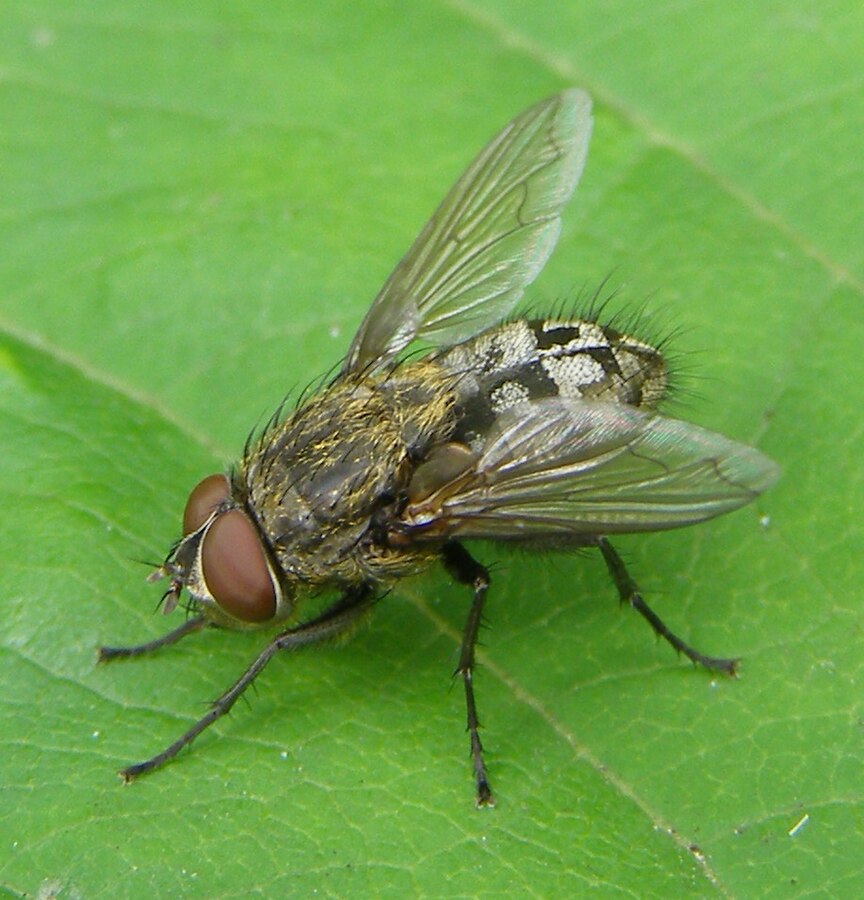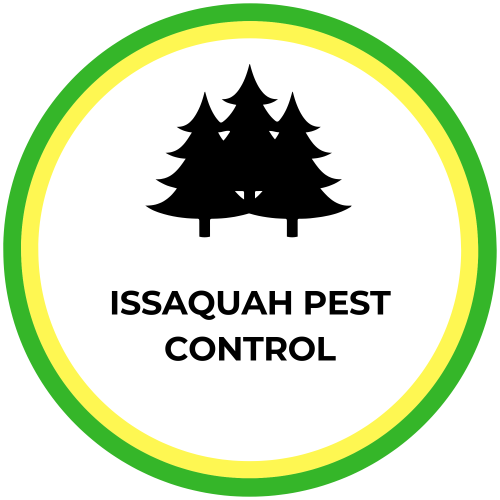All About Cluster Flies
Cluster Flies in Your Home: What They Are, What We Can Do, and How You Can Help
Cluster flies are a common nuisance around the Western Washington, particularly in the fall and spring. While they may look like your run-of-the-mill house fly, their habits and life cycle are different—and so are the ways we at Issaquah Pest Control approach their management. Below, we’ll answer common questions about cluster flies, explain our professional limitations, and let you know how you can help keep them out of your living space.


Understanding Cluster Flies
- Appearance: Often slightly larger and slower-moving than house flies, with a dark gray or dusty black body. You might notice short golden hairs on the thorax if you look closely.
- Life Cycle: Cluster flies lay eggs in the soil, and their larvae parasitize earthworms. They are usually outdoors in the summer but seek out warm places to spend the winter—often inside homes.
- Seasonality: They typically enter structures in the fall when temperatures drop. By spring, they become active again, trying to exit, which is why you’ll see them buzzing near windows on sunny days.
Why Do Cluster Flies Appear in Homes?
Cluster flies are not “filth flies.” Unlike house flies, they aren’t drawn to garbage or pet waste. Instead, as the weather cools, they seek shelter in warm, protected spaces—attics, wall voids, and ceiling areas—where they can safely overwinter. In the Issaquah region’s damp, temperate climate, they often find their way through tiny cracks, gaps around windows, doors, soffits, or any unsealed entry points in your home’s exterior.
Are They Harmful?
The good news: Cluster flies aren’t known to spread disease, nor do they breed in your kitchen or garbage bin. They’re mainly a nuisance. However, large numbers of flies can be annoying, stain walls or windows, and attract secondary pests (e.g., beetles that feed on dead insects).
Our Approach at Issaquah Pest Control
- Exterior Inspection & Exclusion
- We’ll inspect around doors, windows, rooflines, and utility penetrations to find potential entry points. We may recommend sealing gaps or installing new weatherstripping and screens to prevent future infestations.
- Targeted Treatments
- Fall Barrier Treatments: In late summer or early fall, we apply a residual insecticide around common entry areas (such as soffits and window frames) to deter cluster flies from entering.
- Interior Spot Treatments: If flies are already in your attic or wall voids, we can use carefully placed products in accessible areas to reduce their numbers. In some cases, UV light traps or sticky traps in secluded spaces help capture emerging flies.
Our Limitations
Despite our best efforts, no pest control company can guarantee 100% elimination of cluster flies hiding deep in wall voids or attics. This is partly because:
- Hidden Harborages: Once cluster flies settle into inaccessible areas, full-scale treatment may not be feasible without structural modifications.
- Seasonal Nature: They enter in the fall and may remain dormant for months. By the time you see them in winter or early spring, they’ve already established themselves.
- Environmental Factors: Even with exterior treatments, strong winds, rain, or temperature fluctuations can reduce product longevity. Plus, new flies may still find minute, unsealed gaps.
What You Can Do
- Seal and Repair
- Walk around your home’s exterior and look for cracks or holes near windows, doors, and foundation. Sealing these keeps cluster flies (and other pests) out.
- Invest in a UV Light Trap
- If you frequently see flies near certain windows or in your attic, a UV light trap can capture many of them. Position it in a relatively dark, low-traffic area, and follow manufacturer instructions for optimal results.
- Vacuum, Don’t Squash
- If you notice active cluster flies indoors, vacuuming them up is often the quickest, cleanest way to remove them—especially if you have a HEPA-filtered vacuum.
- Keep It Tidy
- While cluster flies aren’t interested in your food, a clean home is generally less appealing to all pests. Dispose of any dead flies promptly to prevent other insects or rodents from moving in.
- Call for Professional Advice
- If you’ve tried DIY methods and still see a large number of flies, don’t hesitate to reach out. We’re here to assess the situation, recommend preventative solutions, and—if necessary—apply treatments.
The Bottom Line
Cluster flies might be an annoyance, but with the right combination of prevention, exclusion, and targeted treatments, you can significantly reduce their impact on your home. At Issaquah Pest Control, we’re committed to helping our neighbors enjoy pest-free, comfortable living spaces year-round.
Have questions or need an inspection? Contact us today. Our friendly, knowledgeable team is here to help you tackle cluster flies—and any other unwelcome guests—so you can enjoy peace of mind in every season.
